The Roland TD-1DMK and Alesis Nitro Max drum kits are somewhat comparable in terms of price level but they differ in features and capabilities. Let’s take a look at the two kits side-by-side to see how they stack up to against each other.
The Snare Pad
The snare pads visually look quite a bit different between these two kits, and they are different sizes. The TD-1DMK has an 8 inch snare pad, which is the PDX-8 pad from Roland. The Nitro Max has a 10 inch snare pad. Both pads have 2-ply mesh, tension adjustable mesh heads. Both are dual zone pads that can generate sounds from the head and the rim. Both handle rim-shots quite well.
The Nitro Max wins in terms of snare pad size, but the TD-1DMK wins in terms of pad sensitivity. While the TD-1DMK snare pad is smaller, it has pretty even response around the surface of the pad. The Nitro Max snare pad loses sensitivity around the edges and off the middle of the pad, so even though it’s larger you still need to center your strikes on the pad to get a good response.
The Tom Pads
The toms on both kits are single zone pads. The TD-1DMK tom pads are the PDX-6A pads from Roland and are pretty small at 6 inches. The Nitro Max tom pads are 8 inches, so they are a little bigger.
The TD-1DMK tom pads have pretty good response around the entire pad, but they are a small hit target. The Nitro Max tom pads are more sensitive on the part of the head that is closest to the drummer and sensitivity rolls off a bit as you move away towards the back of the head.
The TD-1DMK tom pads have rims that sit higher than the head, which can contribute to making them feel like smaller hit targets. The rims on the Nitro Max toms are about the same height as the head, and it makes them feel easier to hit if you don’t always center up perfectly on the pad.
The Hi-Hat Pad
The hi-hat pads are pretty similar in terms of how they function on the kits. The TD-1DMK has a dual zone pad for the hi-hat but it effectively works as a single pad with the TD-1 module. The Nitro Max has a single zone pad. Both kits have the typical fully open, half-open and closed sounds while playing the hi-hats.
The hi-hat controller pedals feel pretty good for both kits but I think the TD-1DMK response is just a little more snappy and realistic when compared to the Nitro Max.
In terms of differences, the TD-1DMK has a choke on the hi-hat pad, whereas the Nitro Max does not. The Nitro Max hi-hat can do foot splashes and foot taps, whereas the TD-1DMK can only do foot taps.
The Crash Cymbal Pad
The crash cymbal pads on both kits are 10 inch pads with a choke, but the TD-1DMK has a dual zone pad whereas the Nitro Max only has a single zone pad. The TD-1DMK crash cymbals can generate sounds from both the edge and bow, and the Nitro max doesn’t have those separate zones. This allows the TD-1DMK to create a little more variation in the crash cymbal sounds depending on how you play them.
The Ride Cymbal Pad
The ride cymbal pads are also different between the two kits. Once again, the TD-1DMK uses a dual zone pad for the ride whereas the Nitro Max only has a single zone pad for the ride. The TD-1DMK ride cymbal can generate variation in sounds from both the edge and bow, and the Nitro Max makes the same sound no matter where you strike it. Neither kit has a bell zone on the ride.
One thing to point out is that there is an upgraded variation of the TD-1DMK kit called the TD-1DMKX. The TD-1DMKX comes with an additional, larger dual zone ride pad, which is pretty nice. You can see it in the photo above. But it still doesn’t have a bell zone.
The Kick Pad
The kick pad implementation is different between these two kits. You can tell just by looking at them. The TD-1DMK used a smaller pad that is directly attached to one of the center posts of the rack. The Nitro Max uses a traditional kick tower pad. Both pads play well and have good response.
Both pads are 5 inches wide and pretty much support the same pedals as a result. Most double kick pedals should work on both pads as long as the beaters aren’t set too wide or far apart. I’ve had good luck with the Tama Iron Cobra double pedal on both.
While the TD-1DMK is in a fixed position horizontally, it can be adjusted vertically, which I like. I like to set my beater height a little lower than what the Nitro Max allows, so I personally prefer the kick pad on the TD-1DMK since I can set it a little lower. But I could see others preferring the ability to move the Nitro Max tower left/right or forward/back as well. So the kick pad is kind of a toss up since both allow for different types of adjustability.
The Kick Pedal
The Nitro Max wins here since there is a kick pedal included in the box and the TD-1DMK doesn’t come with a kick pedal. The Nitro Max kick pedal is a budget pedal but it’s nice to have included to keep the cost down for beginners or those who don’t already have a kick pedal. The Nitro Max kick pedal has a couple adjustment points – the beater height can be adjusted and the spring tension can be adjusted, but the beater angle seems to be fixed into place.
The Rack
The racks look similar but are different in terms of sturdiness and size. The TD-1DMK rack is much more sturdy than the Nitro Max rack. The TD-1DMK rack stands up straight, is a little taller, doesn’t sag or lean, and can be spread out a little more without leaning issues. The Nitro Max rack is shorter, is wobbly when you push on it, and leans towards the drummer a little bit, especially when it’s spread out a little more.
As a taller drummer at 6 foot 3 inches, I prefer the TD-1DMK rack since I can set the drum pads a little higher. I also much prefer the sturdiness of the TD-1DMK rack over the Nitro Max.
The Drum Module
The drum modules are quite a bit different between the kits with different advantages. The TD-1DMK is a more functionally basic module, whereas the Nitro Max offers more features for creating custom drum kits and sounds.
The TD-1 module includes 15 drum kits and there is no way to edit the sounds, edit effects or save custom kits. It’s meant to be a plug and play beginners module that just lets you turn it on and play.
The Nitro Max module has 32 drum kits and 441 sounds from BFD that can be used to create custom kits, and there’s 16 slots for saving custom kits. You can also adjust effects like compression, reverb and EQ with the Nitro Max module. So the Nitro Max wins in terms of sound design.
Both module can transmit MIDI, but not audio, over USB. The Nitro Max has Bluetooth input, which is something the TD-1 doesn’t have.
While the Nitro Max has more sounds and editing features, I think the drum kit sounds in the TD-1 module are better overall and sound more lively during play. It’s a subjective opinion and some might prefer the Nitro Max sounds, but that’s just me. I also prefer the dual zone cymbal pads on the TD-1DMK and how they can generate edge and bow sounds for more dynamic cymbal sounds during play.
Expandability
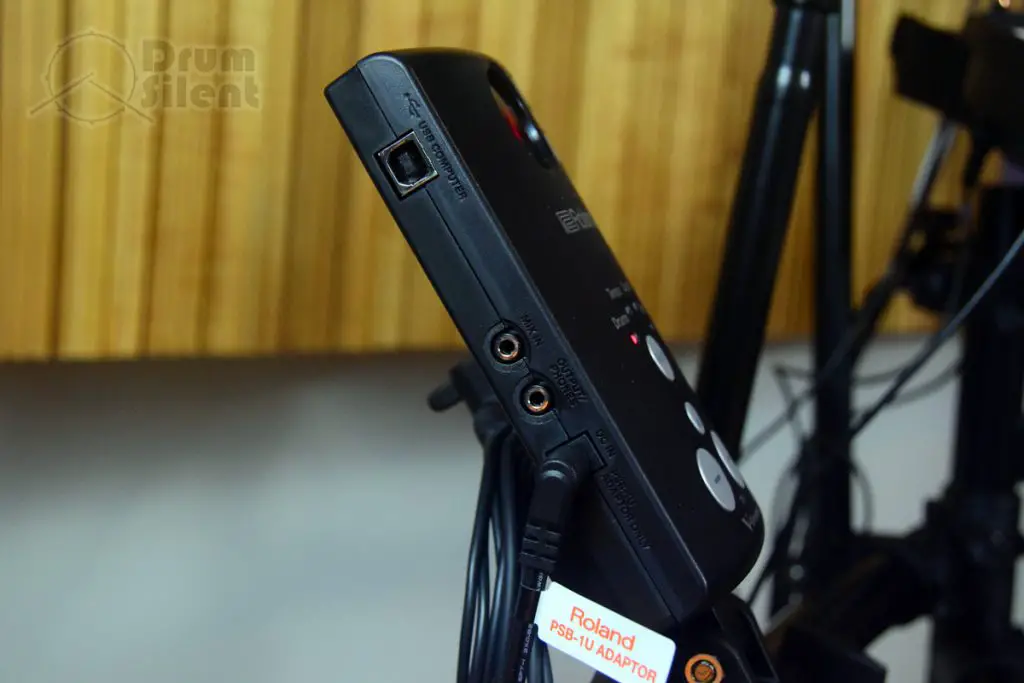
Can add one more crash cymbal pad
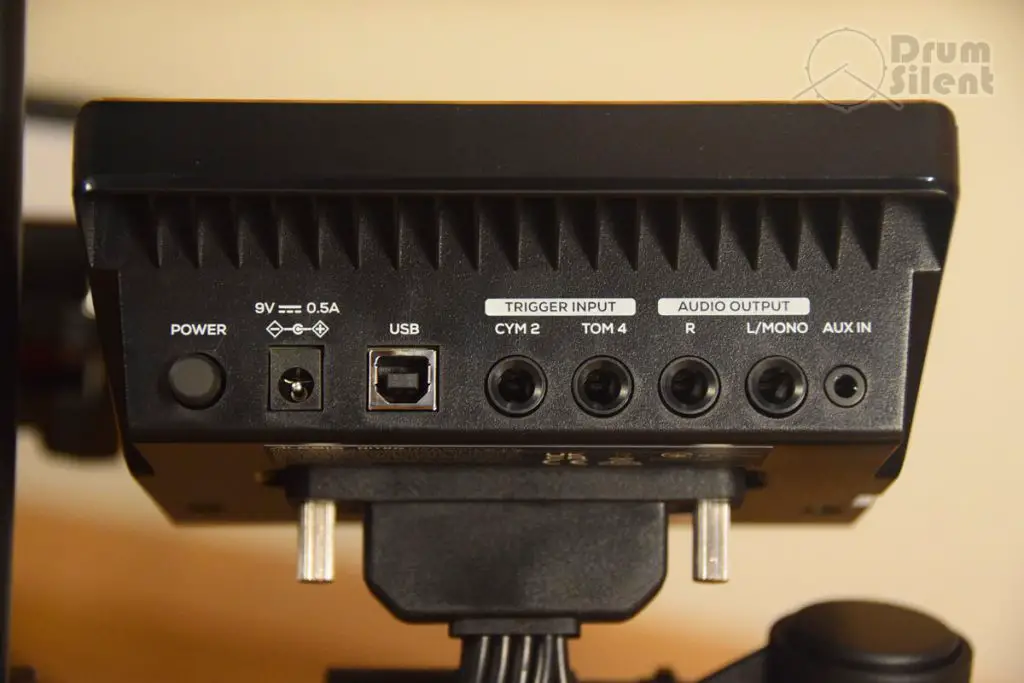
Can add one more tom and crash cymbal
These kits can both be expanded. The Nitro Max has inputs for an additional tom and crash cymbal pad on the back of the module. You can buy an expansion pack that includes both of the extra tom and cymbal pads. The TD1-DMK has an additional crash cymbal input on the cable snake, and the TD-1DMKX version of the kit comes with an additional dual-zone cymbal pad to max out the pad capabilities of the module.
So, at the end of the day, the TD-1DMK can have 3 toms and 4 cymbals, and the Nitro Max can have 4 toms and 4 cymbals.
The Wrap Up
If I had to pick one or the other between these two kits I’d go with the Roland TD-1DMK, more specifically the TD-1DMKX to get the extra cymbal pad. The Nitro Max is pretty nice for it’s price point but I prefer the sturdy rack, the dual zone cymbal pads, and the sounds of the drum kits on the Roland TD-1DMK more. The Nitro Max is a little cheaper, though. It could be a better pick for more budget minded drummers, beginners, or drummers who want more sound design options from a budget kit.
The Roland TD-1DMKX will cost you $599 and includes the extra cymbal pad to max out the expansion capabilities. You’ll also need to buy a kick pedal since it doesn’t include one. So it’s the more expensive option.
The Alesis Nitro Max will cost you $399 for the kit and another $99 for the expansion pack to fully max out the expansion capabilities, and it includes a kick pedal which could save you from spending another $100 or more on a kick pedal. So it’s the more affordable option.

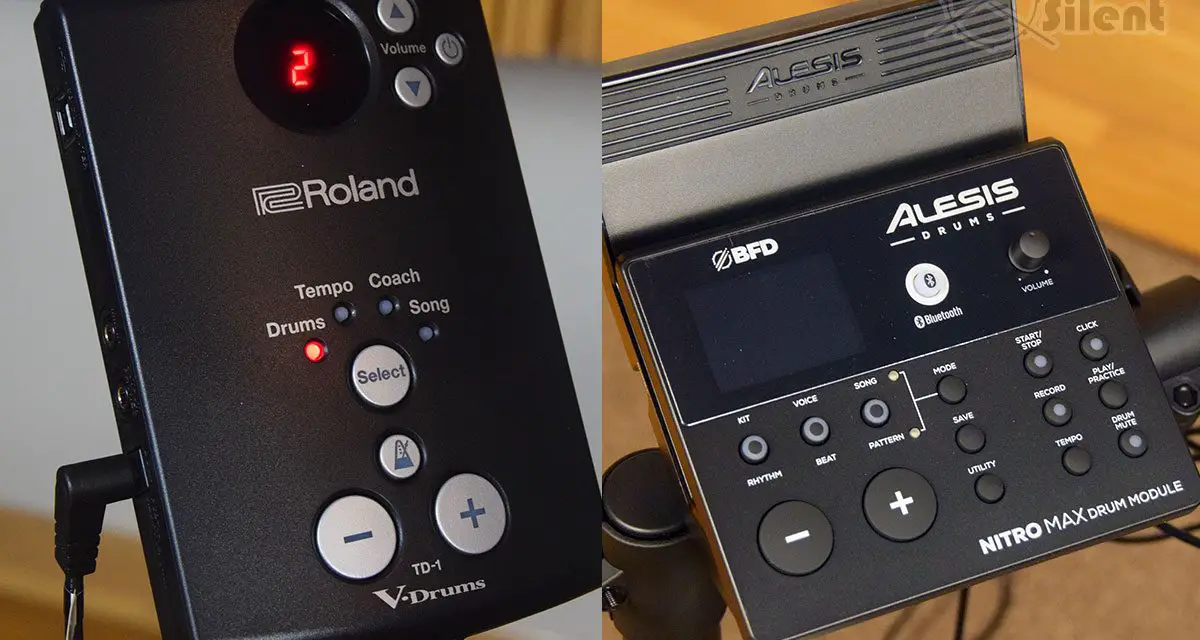

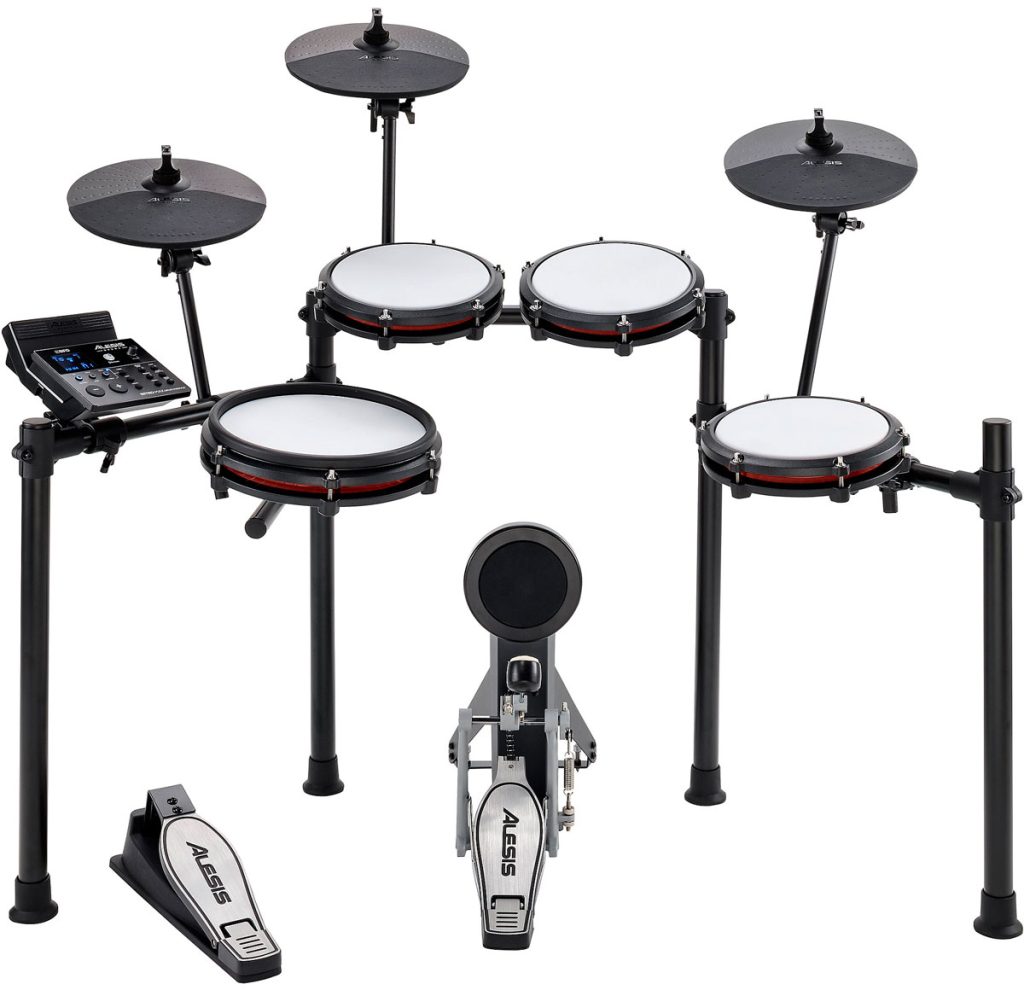
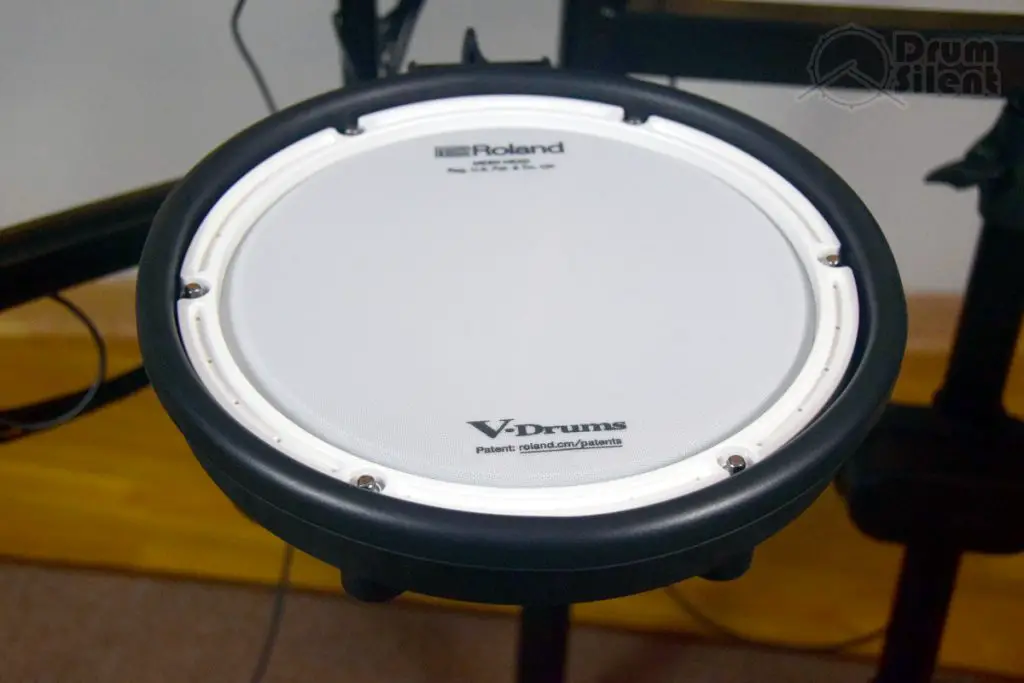
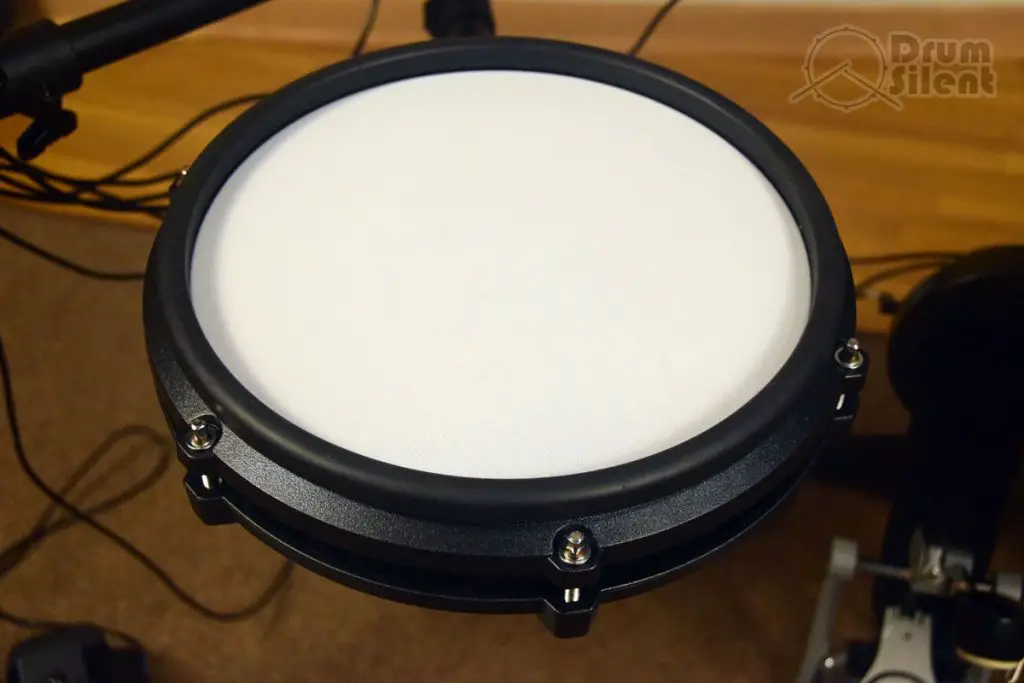
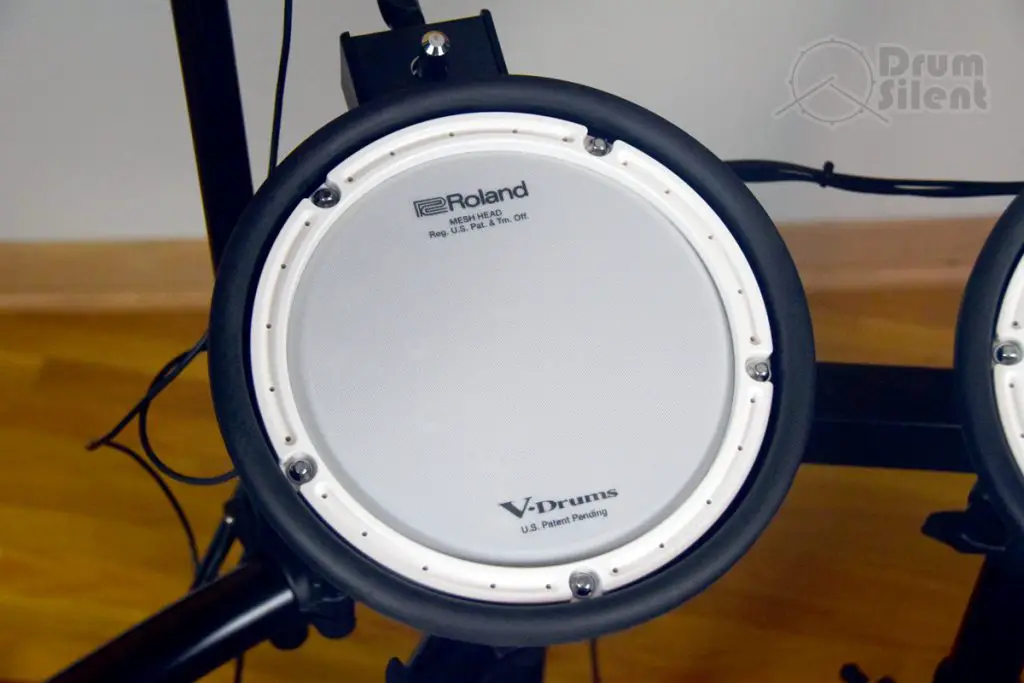
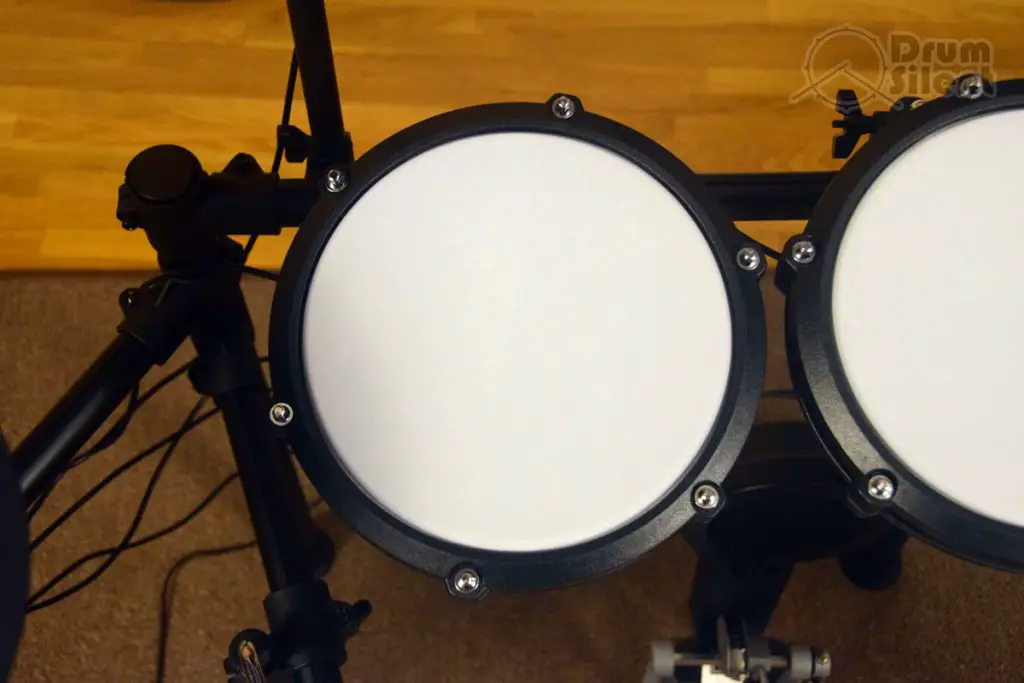
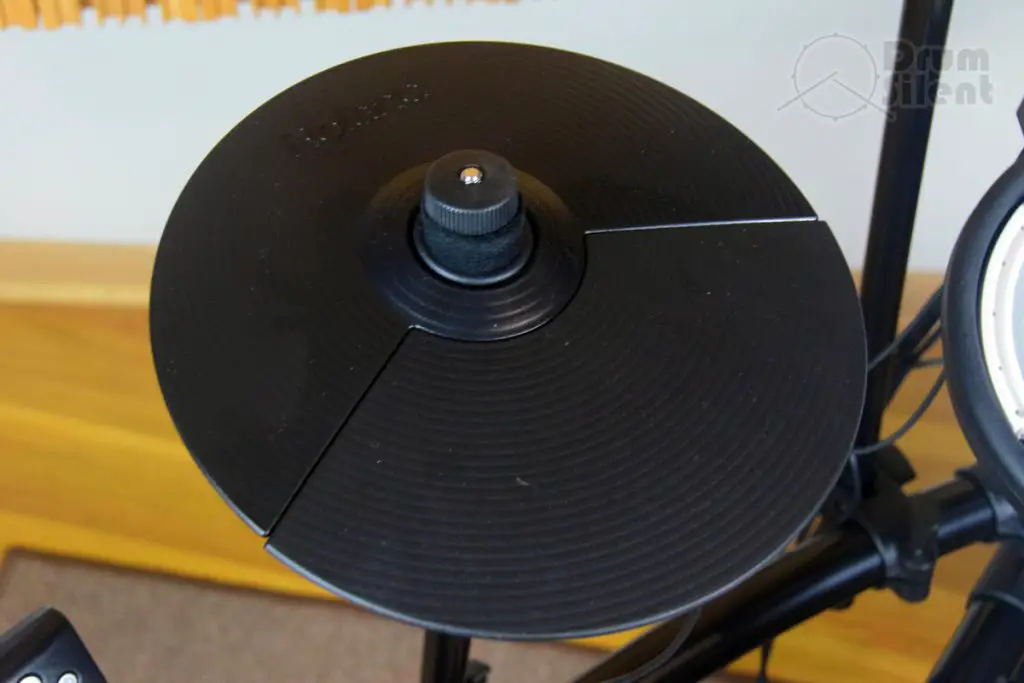
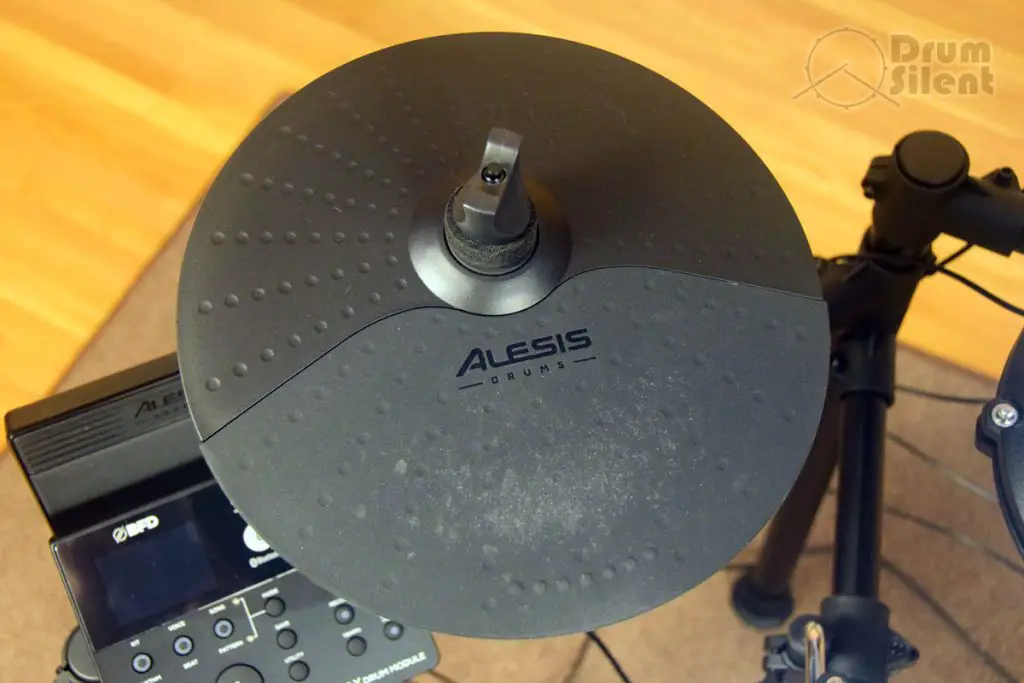
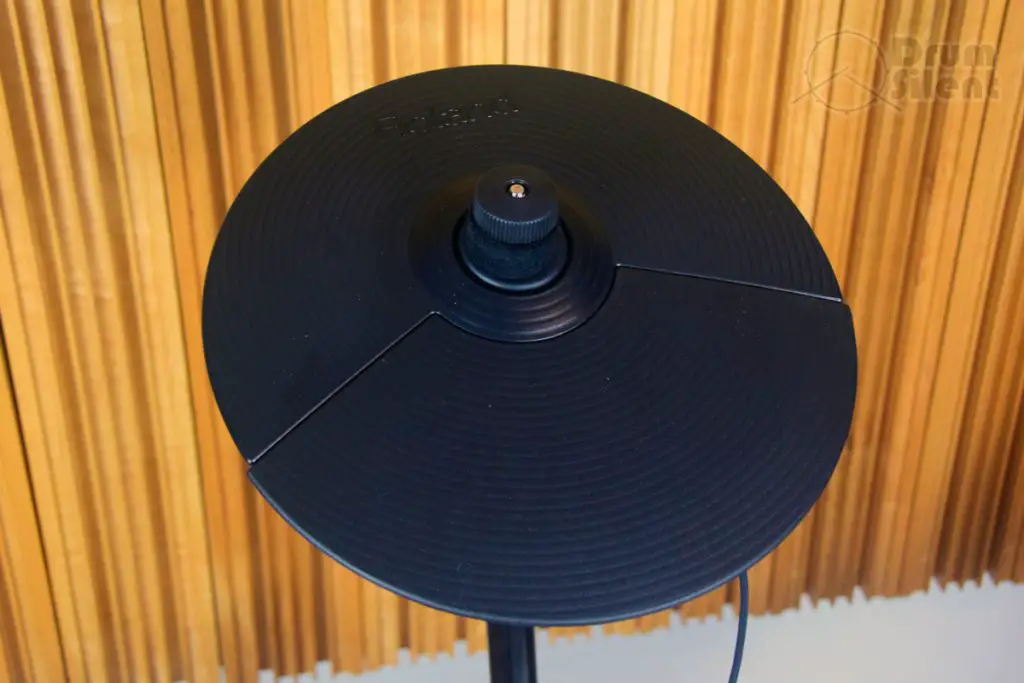
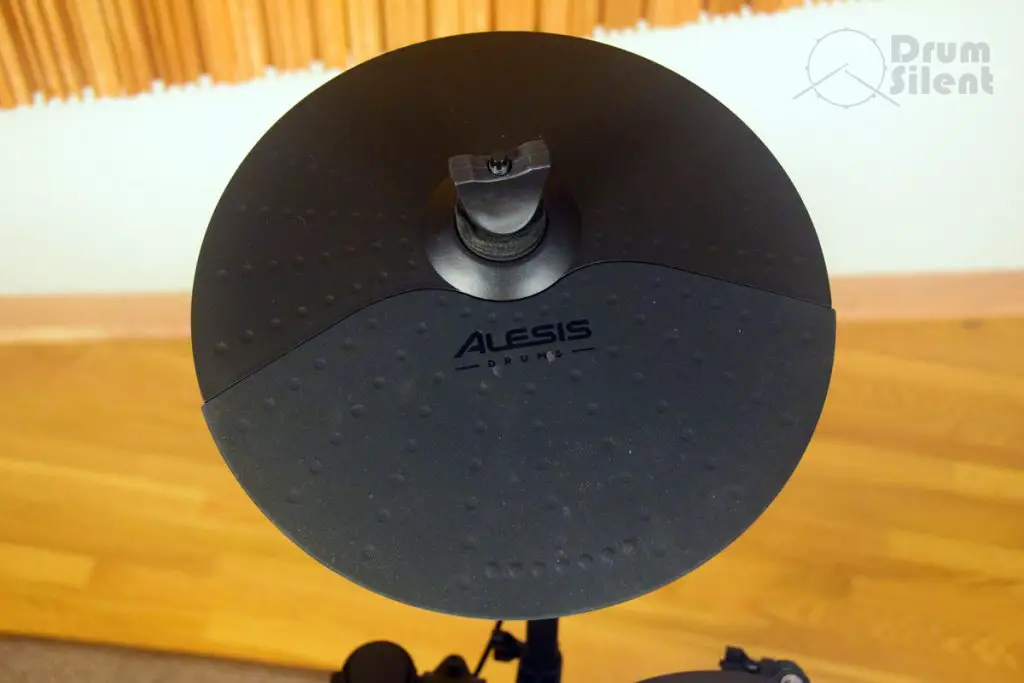
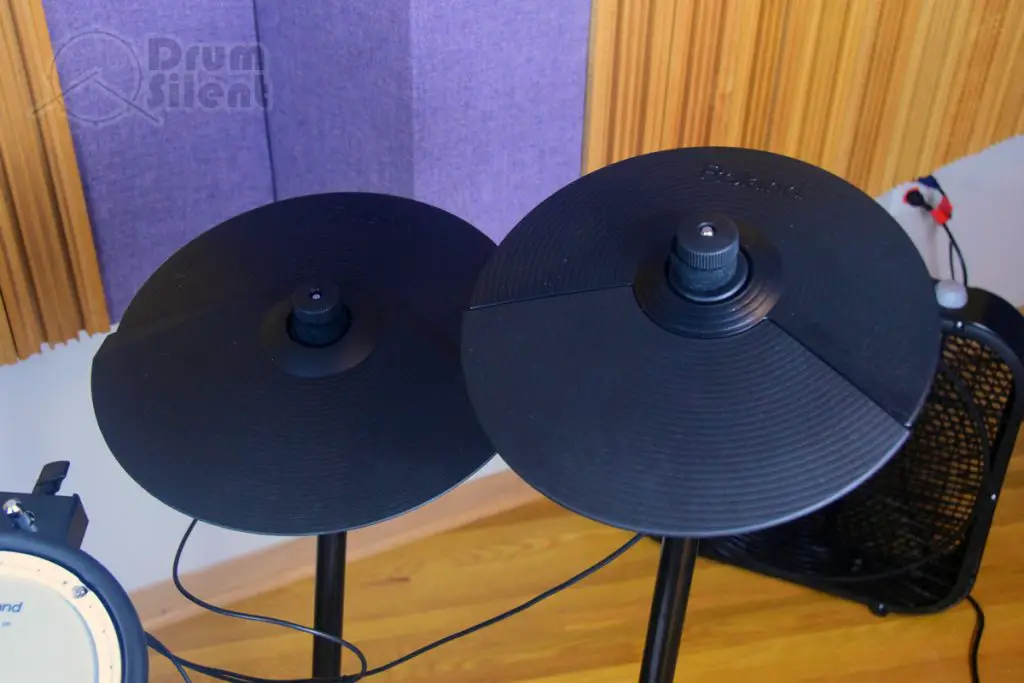
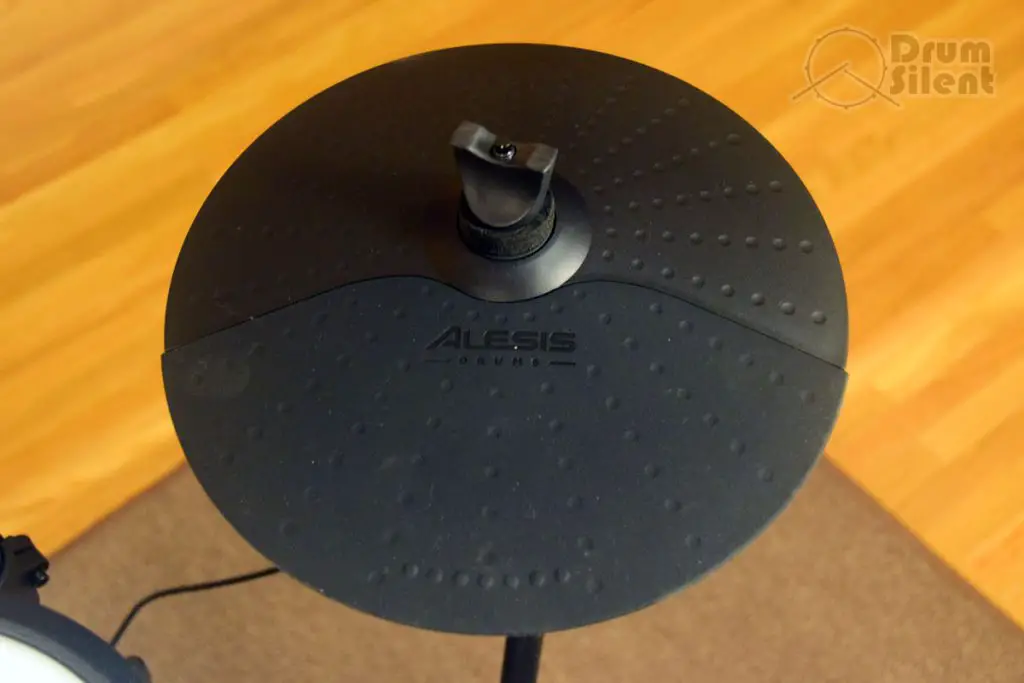
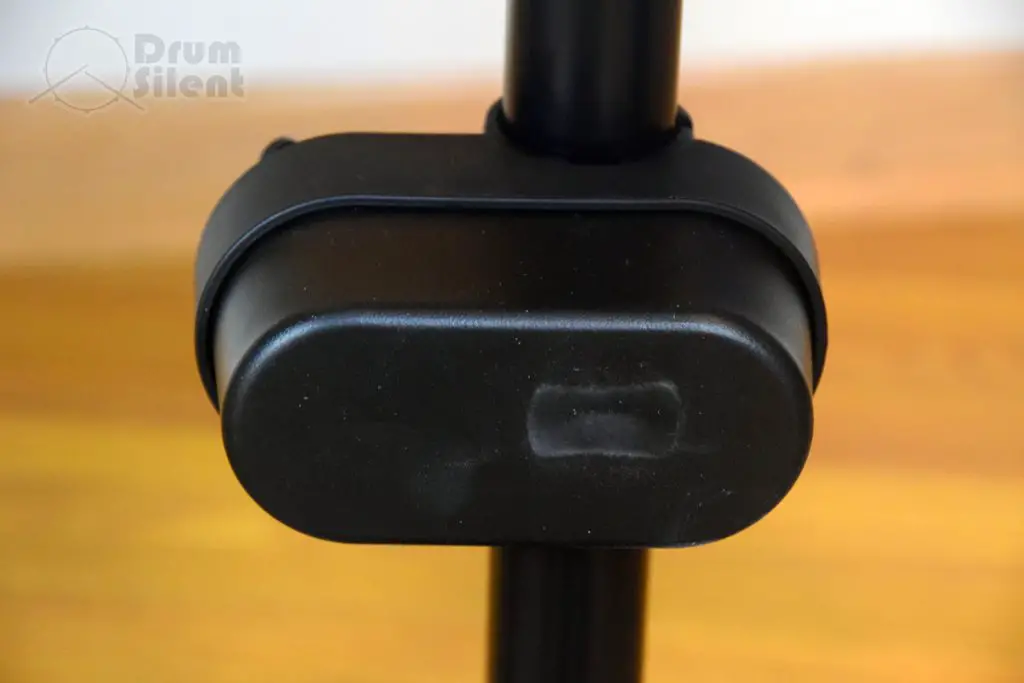
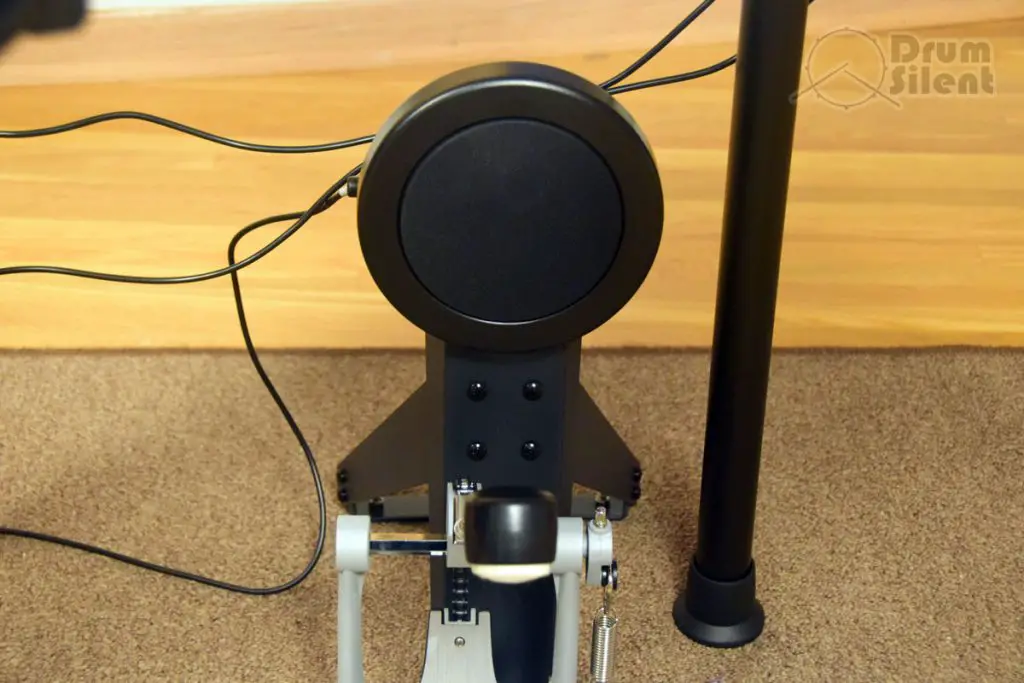

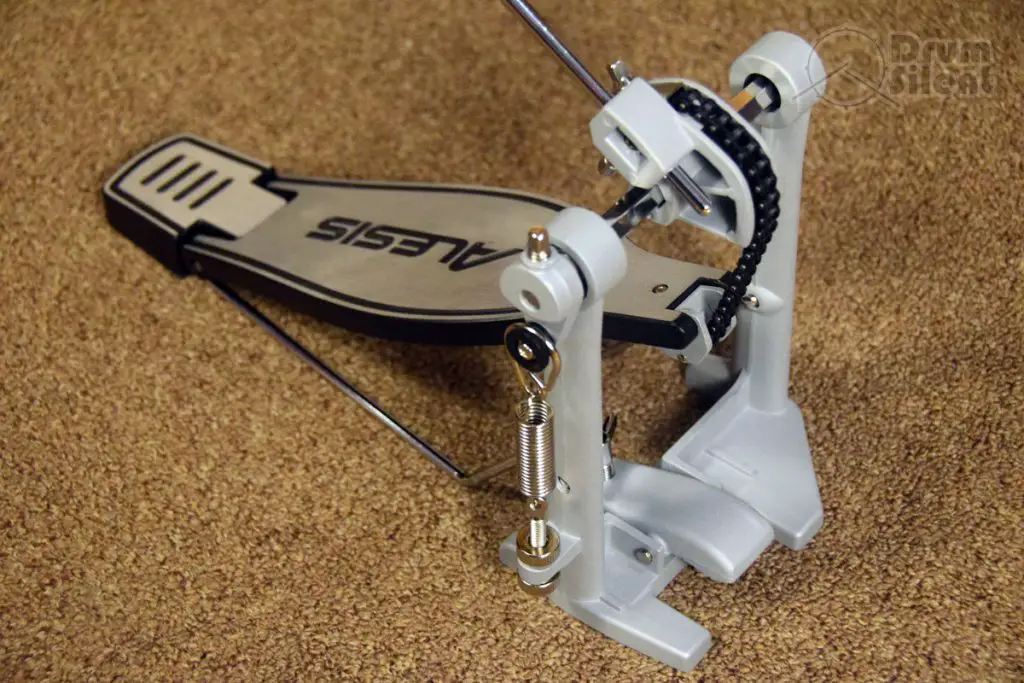
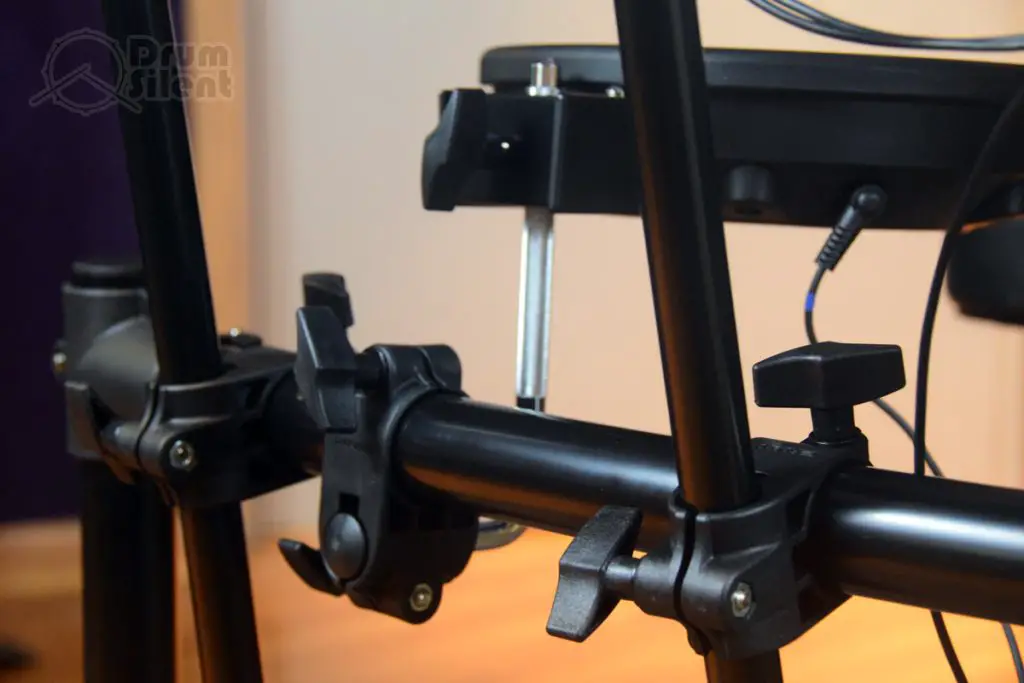
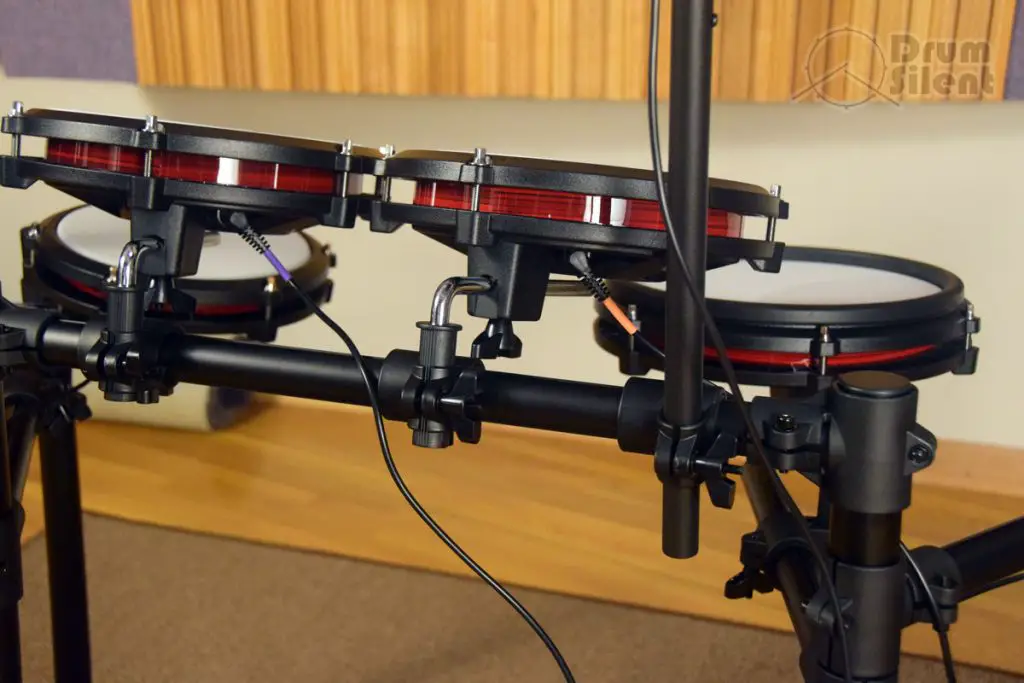
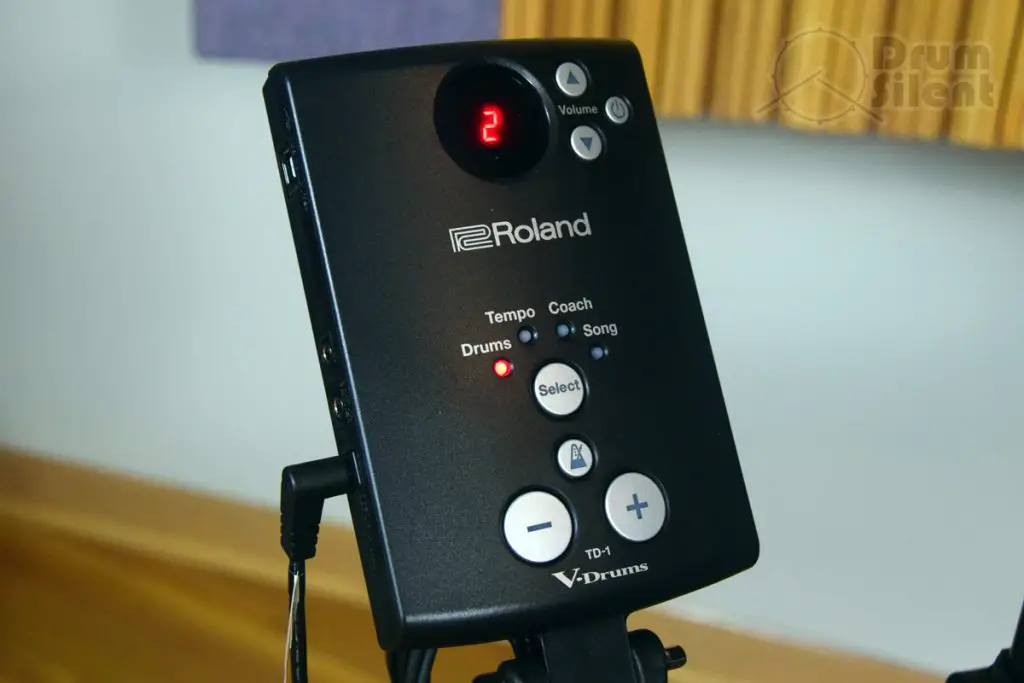
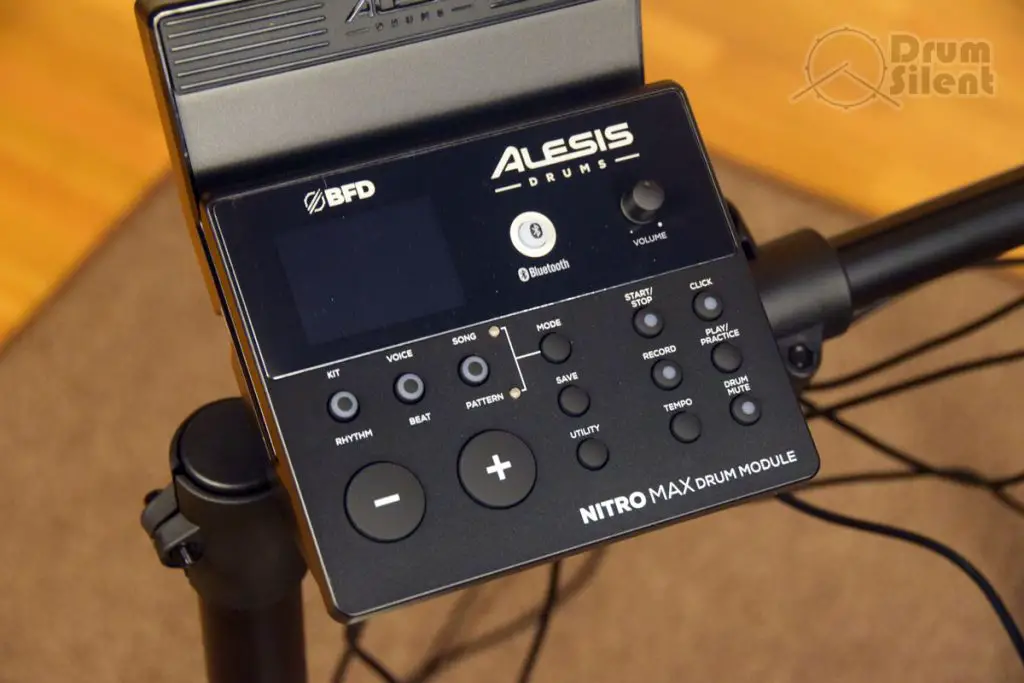
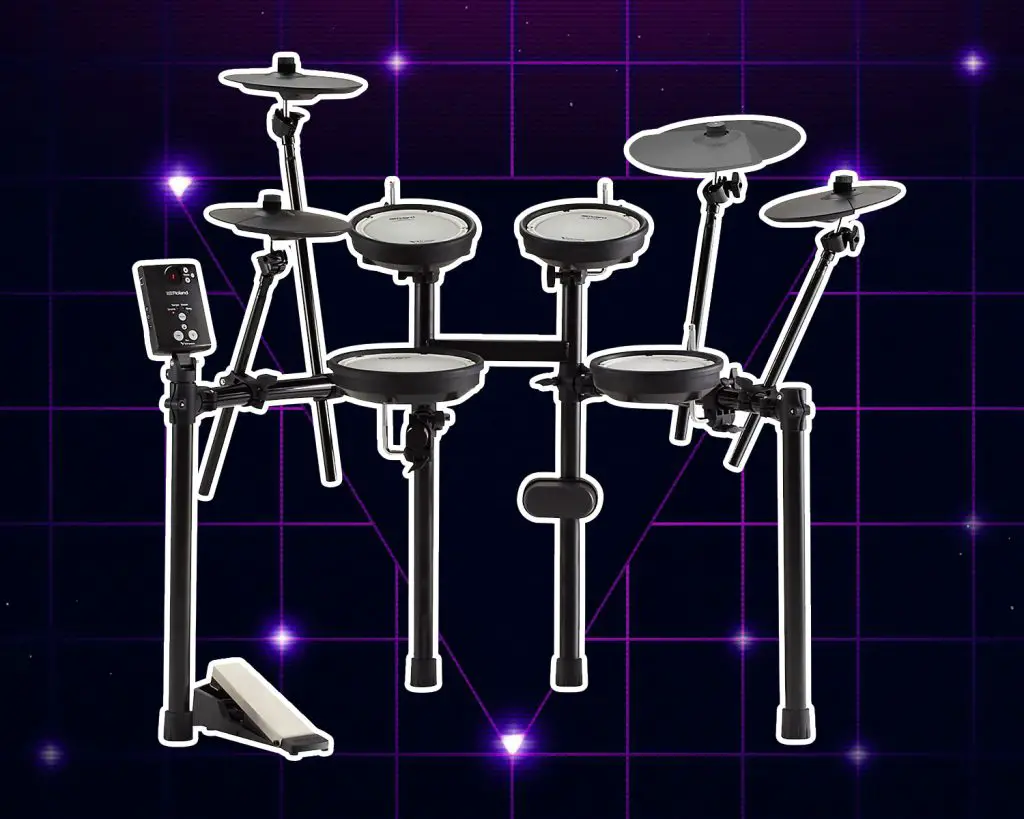
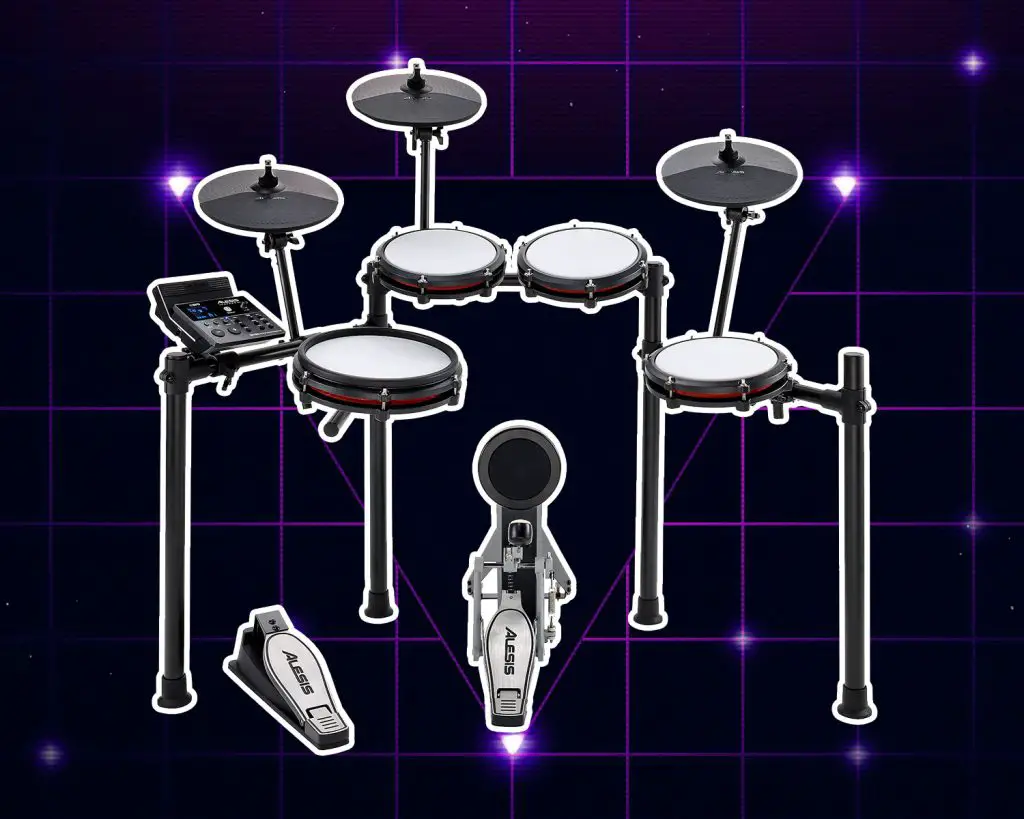
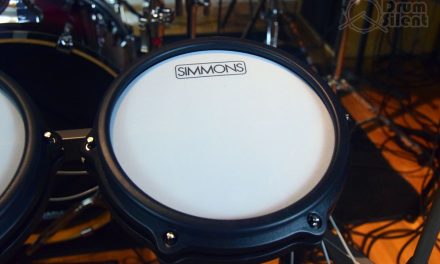
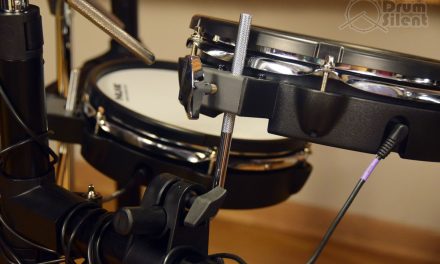
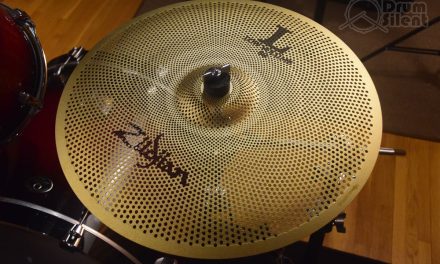

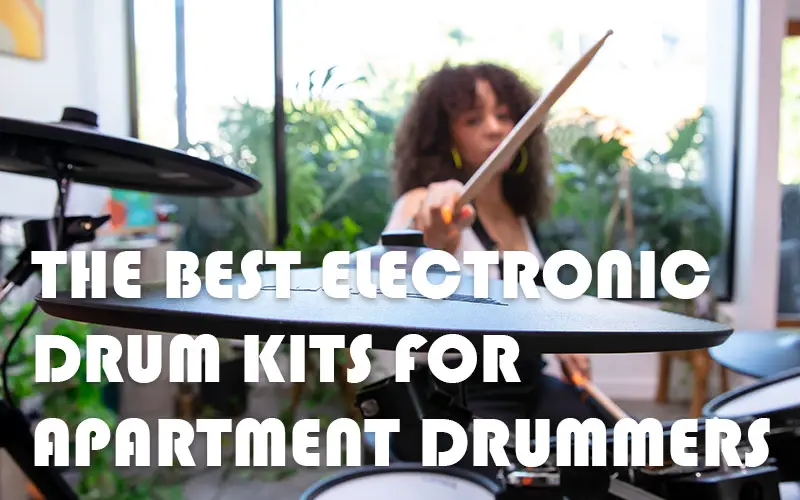
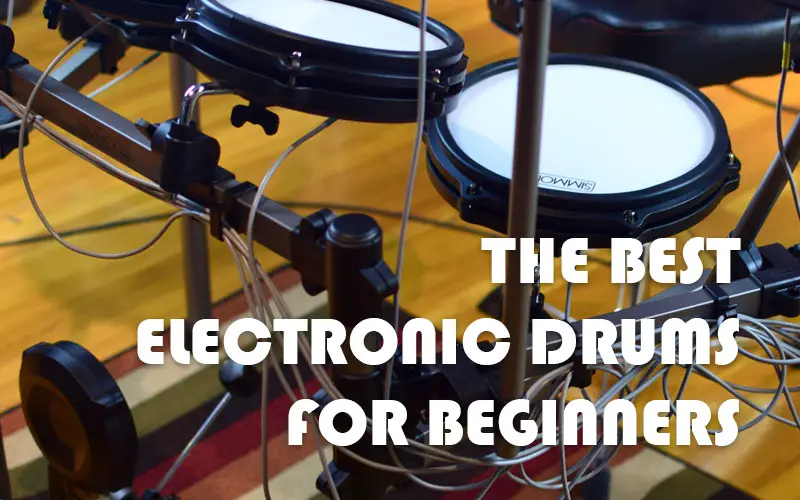
In Canada, the two aren’t even close in price with the Alesis coming in at around $600 and the Roland over a thousand.
Good to know, I’m mostly familiar with US prices